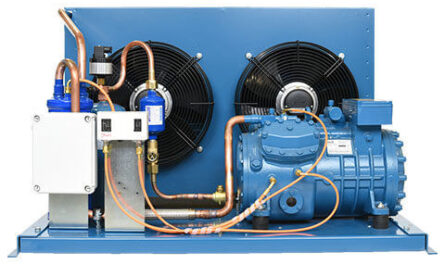Lead acid batteries are the most common type of rechargeable battery used today. They have been in use commercially for well over a century and are utilized in a variety of applications from automotive to backup power. Essentially, a lead acid battery uses lead plates submerged in diluted sulfuric acid as electrolyte to produce electricity through a reversible chemical reaction during charging and discharging cycles.
Battery Chemistry
The basic chemistry of a Lead Acid Batteries involves the oxidation and reduction of lead and lead dioxide. During discharge, lead (Pb) reacts with sulfuric acid (H2SO4) to form lead sulfate (PbSO4) and water (H2O). Simultaneously, lead dioxide (PbO2) reacts with sulfuric acid and electrons to form lead sulfate and water. This chemical reaction releases electricity which is used externally. When charging, the reverse reactions occur – lead sulfate reconverts to lead and lead dioxide and sulfuric acid, driven by an external electrical supply.
Construction and Components
A standard lead acid battery consists of positive and negative plates made of lead grids filled with active material, typically pasted lead oxides. The plates are stacked alternately in the cell container and separated by thin perforated insulators called separators. Dilute sulfuric acid acts as the electrolyte and allows the flow of charge between the plates during operation. There are also terminals connected externally to extract electricity from the cell. An important safety feature is the vent caps that release gases during gassing and prevent explosion.
Applications of Lead Acid Batteries
Given their widespread use, durability and cost-effectiveness, lead acid batteries have found numerous applications over the years. Here are some of their common uses:
Automotive Starting, Lighting and Ignition (SLI) Batteries
Lead Acid Batteries are practically synonymous with car batteries, powering ignition, lights and other electrical accessories in vehicles. Their high current delivery makes them ideal for starting large gasoline engines instantaneously. Advancements like AGM batteries have further improved their performance and life in automotive applications.
Backup Power Systems
When grid power fails, lead acid batteries serve as reliable sources of backup power for emergency lighting, alarms and critical loads. They are popular choices for UPS systems that provide temporary power during short outages. Deep cycle lead acid batteries are commonly used for longer lasting emergency power.
Motive Power
Golf carts, forklifts, wheelchairs and other industrial vehicles utilize the robustness and affordability of lead acid batteries. Their ability to be deep discharged makes them suitable for mobility applications where sustained operation is required.
Telecom Industry
Standalone mobile towers, base stations, fiber networks and other telecom infrastructure use sealed lead acid batteries to operate continuously even during grid interruptions. Their maintenance-free feature appeals to this sector.
Renewable Energy Integration
With intermittent generation from solar and wind, energy storage plays a pivotal role. Lead acid batteries represent an affordable energy storage solution to balance renewable power fluctuations and maximize usable generation.
Limitations of Lead Acid Batteries
While lead acid batteries have served for over a century due to their strengths, they also have certain limitations compared to newer battery chemistries:
– Low specific energy – Lead acid batteries have a relatively low energy density, requiring larger packs for the same capacity. This adds to weight and cost disadvantages.
– Memory effect – Frequent shallow discharges and charges can diminish capacity over time if not fully discharged occasionally. Deep cycling prolongs battery life.
– Self-discharge – Around 5% of charge is lost naturally every month even when not in use due to internal reactions. This affects storage duration.
– Lifespan – Most automotive batteries last 3 to 5 years while deep cycle varieties may deliver 8-10 years of service. Cycle life is limited compared to newer batteries.
– Safety issues – Venting of hydrogen gas during overcharging and short-circuit flameouts require careful handling for safety. However, safer maintenance-free sealed versions alleviate some risks.
– Environmental concerns – Lead is a toxic material requiring recycling at end-of-life to minimize contamination. Nonetheless, nearly all used lead acid batteries are recycled currently.
Improving Lead Acid Battery Technology
Despite competition, lead acid battery technology continues enhancing to partially overcome shortcomings. Some developments include absorbing glass mat (AGM) construction, advanced additives, better recombiners and superior alloy grids that deliver lower resistance, higher cycles and longer shelf life. By optimizing material properties and cell designs further, the potential remains to unlock even better performance from this inexpensive battery system.
*Note:
1. Source: Coherent Market Insights, Public sources, Desk research
2. We have leveraged AI tools to mine information and compile it



